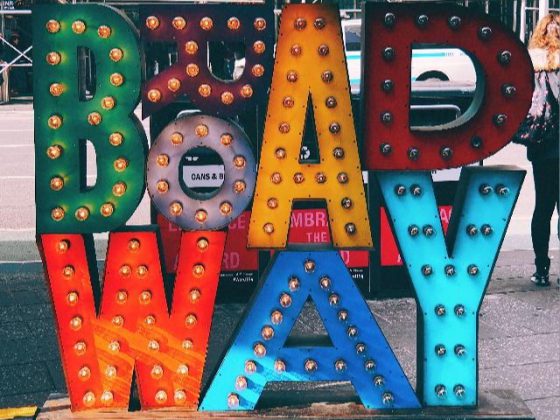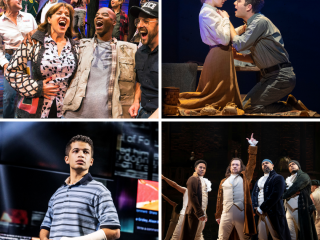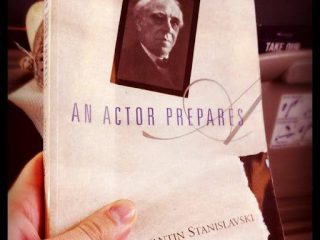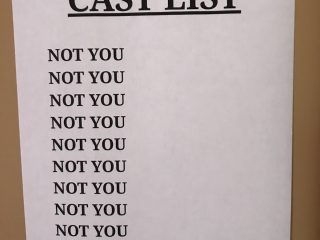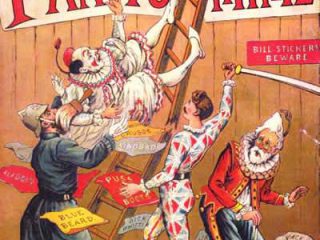Combat is everywhere in the theater. Drama is conflict, conflict is two forces in opposition to one another, and “opposition” often explodes into physical altercations. As actors we are often required to simulate violence onstage. Our focus today is on how best to prepare for these physical moments. This is not a how-to guide for stage combat (simulated violence on stage should be choreographed, rehearsed, and monitored by a professional fight director). Instead, this guide aims to be an introduction for actors on how best to serve the fight director and the play in moments of physical combat.
First, some definitions: What is a fight director? A fight director (or fight choreographer) is the person responsible for choreographing any pieces of combat or physical confrontation within a given play. The fight director teaches the actors the moves, often collaborating with them to make sure all the actions feel comfortable and safe. The fight director coordinates with the play’s director (and sometimes designers as well) to ensure that the simulated violence serves the story and makes sense in terms of character and tone. A fight captain is the person responsible for maintaining the integrity of the stage combat once the show is open and the fight director is gone. Before every performance there is a fight call in which the moments of combat are practiced, often at reduced speed. The fight captain observes this pre-show rehearsal and gives observations and pointers, making sure the performers are safe and the story is well-served.
Violence is omnipresent in plays. You can’t walk two feet without running into a slap. This is by no means a new phenomenon (think of the Capulets and the Montagues hacking away at each other in Romeo and Juliet). Throughout theatrical history, playwrights have filled their creations with a dizzying multitude of shoves, scratches, punches, chokes, eye gouging, groin kicks, hair pulls, falls, stabbings, duels, brawls, skirmishes, and wrestling matches. Weapons have included daggers, swords, knives, fists, and basically any prop you can imagine (bottles, chairs, etc.). It is up to the fight director to take the violence dictated or implied by the playwright and bring it to life (safely) on stage.
So what can we, as actors, do to help the fight director accomplish their job? How can we best assist? How can we be combat ready? Well, the first thing to remember (and the last thing to remember…really the only thing to remember) is that stage combat is all about safety. It is simulated violence not real violence. This may seem obvious but it bears repeating. We are creating the illusion of reality but what we are doing is not real. The safety of the performers involved is always and will always be more important than the combat “looking real” or “being exciting”. Stage violence must be safe, repeatable, and sit comfortably within the bodies of the participants.
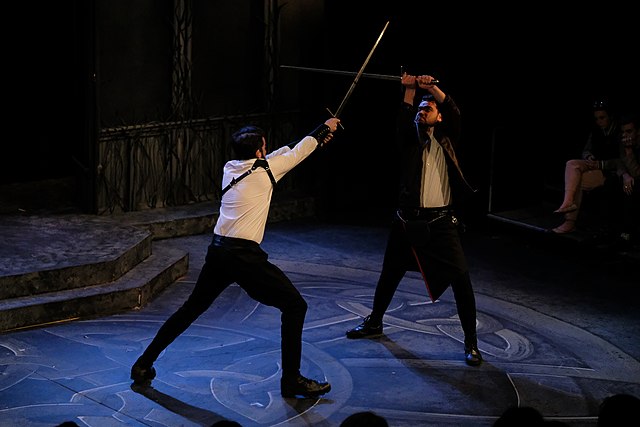
So if you’re approaching a combat moment in rehearsal, keep in mind that your physical well-being (as well as that of your co-stars) is paramount. Your fight director will be aware of this but if you ever feel unsafe it is entirely fine to voice that. Be your own advocate. If you see something, say something. There are many safety precautions and procedures used in stage combat to help prevent accidents occurring: maintaining eye-contact, maintaining an appropriate distance from your partner, prepping before moves. You can assist all involved by being warmed up and ready to move; please listen to your fight director and your combat partner. Rehearse repeatedly. Ask for clarification. Get specific. Breathe deeply. Be careful but don’t be afraid: hesitancy and panic can actually make stage combat moments more dangerous for you and your castmates. Consistency and connection are your friends.
Another thing to keep in mind is the idea of control. Even when the character you are playing is out of control (and moments of violence on stage often appear hectic, sudden, and chaotic) you the actor are always in control. I get it, we actors are passionate creatures. We want to sell it. We want to go above and beyond. Plays are filled with big emotions and expressive individuals, and actors can be big, emotional, expressive individuals themselves! However stage combat is an exact science. In the heat of the moment, it can be tempting to change combat choreography: to speed up a moment, to add force to a push, to do a little flourish with the sword. Resist this impulse! For everyone’s safety it is vital that you keep a level head even (and in fact, especially) when the adrenaline of live performance kicks in. Don’t let your excitement and enthusiasm run away with the show. Weapons + pumped up actors itching to put on a good show = a recipe for danger.
In conclusion, chillax! Moments of combat on stage deserve your attention and respect but don’t warrant panic and apprehension. Zero in on the task at hand: deliver the moment with precision and grace, focusing on safety and then story. Violence (like dance, song, and language) is just another storytelling tool. Listen to your fight director, your fight captain, and your scene partner. Ask questions, breathe and center yourself physically, and you should be good to go. Keep calm and combat on, my friends!


